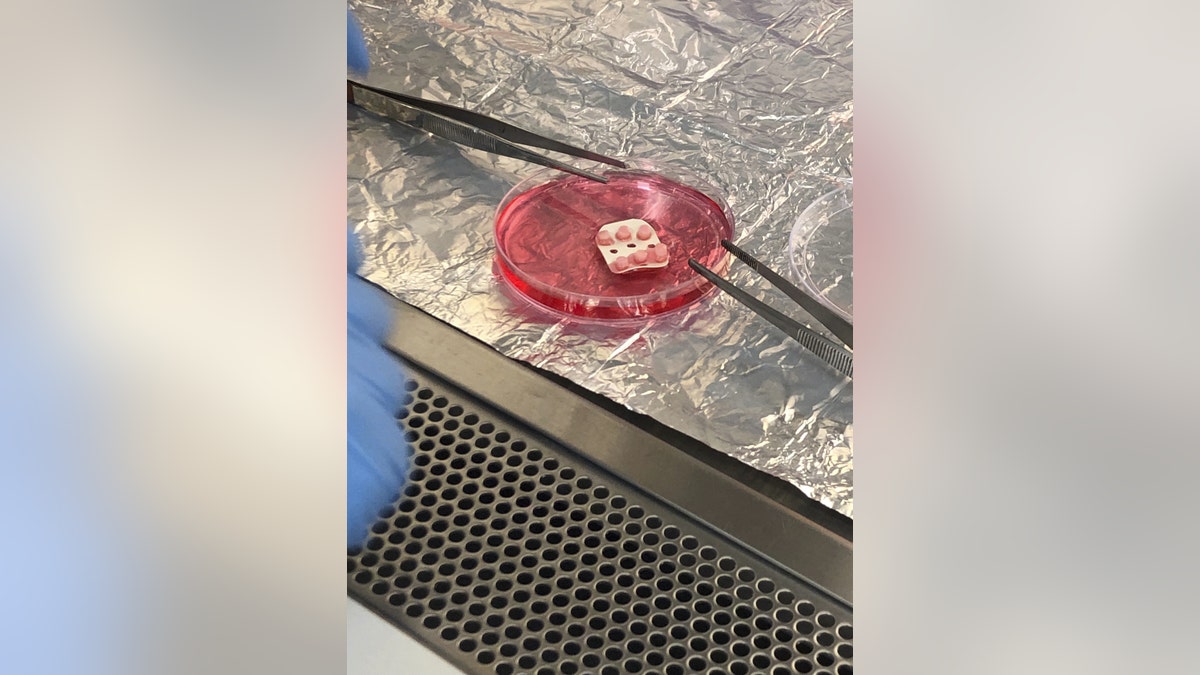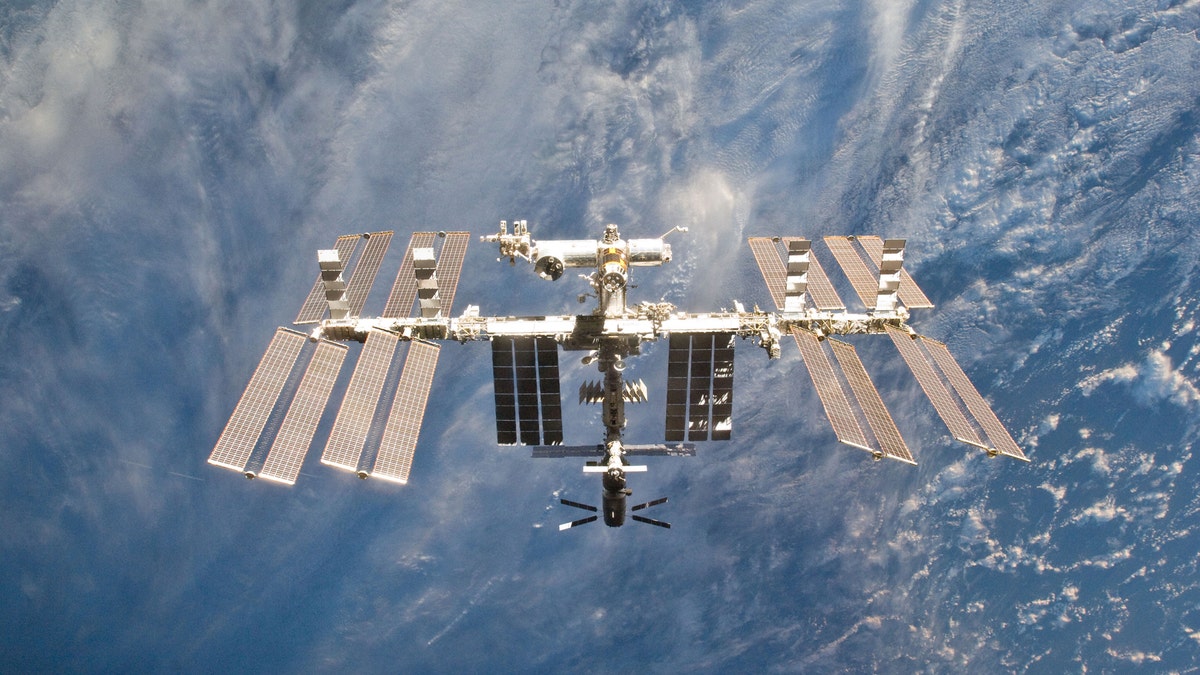Vice President Pence promises an American will walk on the moon within five years
Reaction and analysis from Texas Rep. Randy Weber on 'Fox & Friends First.'
The next resupply mission to the International Space Station will contain sophisticated ‘organs-on-chips’ designed to provide valuable scientific data for future human spaceflight and diseases on Earth.
Around 100 chips will be carried to the ISS, containing living human cells designed to replicate the function of key organs.
The CRS-17 mission is SpaceX’s 17th resupply mission to the orbiting space lab. Launched from Cape Canaveral Air Force Station, an unmanned SpaceX Dragon capsule will carry the cargo to the ISS. The launch was originally scheduled for April 26, but a power issue on the space station has pushed the launch back to May 3, at the earliest.
PENCE SETS SIGHTS ON MOON, MARS, IN NASA SPEECH
The Tissue Chips in Space project involves the National Institute of Health’s National Center for Advancing Translational Sciences (NCATS) and the International Space Station U.S. National Lab.

MIT’s tissue chip research (International Space Station U.S. National Lab)
Dr. Michael Roberts, deputy chief scientist at the ISS U.S. National Lab, told Fox News that the chips give scientists an opportunity to monitor the cells in microgravity.
“It’s a very useful model for us here on Earth,” he said. “The National Institutes of Health is interested in that to combat disease – NASA is interested as research into long-duration space missions.”
NASA RELEASES FIRST-EVER AUDIO RECORDING FROM MARS
Scientists are sending four different types of tissue chips to the ISS. These include a cartilage, bone and synovium (joint tissue) chip developed by MIT, a lung host defense chip developed by Children’s Hospital of Philadelphia and a kidney chip, developed by the University of Washington. A “blood-brain barrier” chip developed by biotech specialist Emulate will be used to study the semi-permeable brain membrane.

File photo - The International Space Station is seen in this view from the space shuttle Discovery after the undocking of the two spacecraft in this photo provided by NASA and taken March 7, 2011. (REUTERS/NASA/Handout)
The MIT-developed chip will be used to study the ability of bone and cartilage to recover after damage, according to Roberts, while the kidney chip will offer insight into the onset of advanced kidney disease in a microgravity environment. The chip containing lung cells will be used to study the effect of pathogens on the lungs, while the “blood-brain barrier” chip will be used to study brain disease.
“That has very important implications for neurological diseases like Alzheimer’s and has very important implications for drug delivery,” Roberts added.
THE HUNT IS ON FOR THE LUNAR LIBRARY THAT CRASHED ON THE MOON ABOARD DOOMED BERESHEET PROBE
“The tissue chips themselves can be adapted for any type of cell culture,” he said.

MIT worked to develop a cartilage, bone and synovium (joint tissue) chip. (International Space Station U.S. National Lab)
An initial set of chips for cell aging analysis were sent to the ISS on a SpaceX resupply mission in December. These will be returned to Earth on same Dragon capsule making the forthcoming resupply mission.
“The investigators will have the samples back in their hands and some data within about 40 days [of the chips’ return to Earth],” Roberts said.
Scientists will also be studying the tissue samples sent into space for insight into how astronauts will fare on epic missions. NASA’s long-term goal is to send a manned mission to Mars in the 2030s - a roundtrip journey to the Red Planet could take 2.5 years.
“This tissue chip is a really great step,” former NASA astronaut Terry Virts told Fox News. “Astronauts complain if you want their brain tissue or stomach tissue,” he quipped.
Virts is a consultant for the Center for the Advancement of Science in Space (CASIS), which runs the ISS U.S. National Lab.
“Just testing out the technology is very important,” he said, explaining that pioneering science projects involve a lot of trial and error. The benefits, however, could be significant, both on Earth and in orbit. “Any help in fighting Alzheimer’s or osteoarthritis, this would be amazing,” Virts explained.
CLICK HERE TO GET THE FOX NEWS APP
Follow James Rogers on Twitter @jamesjrogers





















